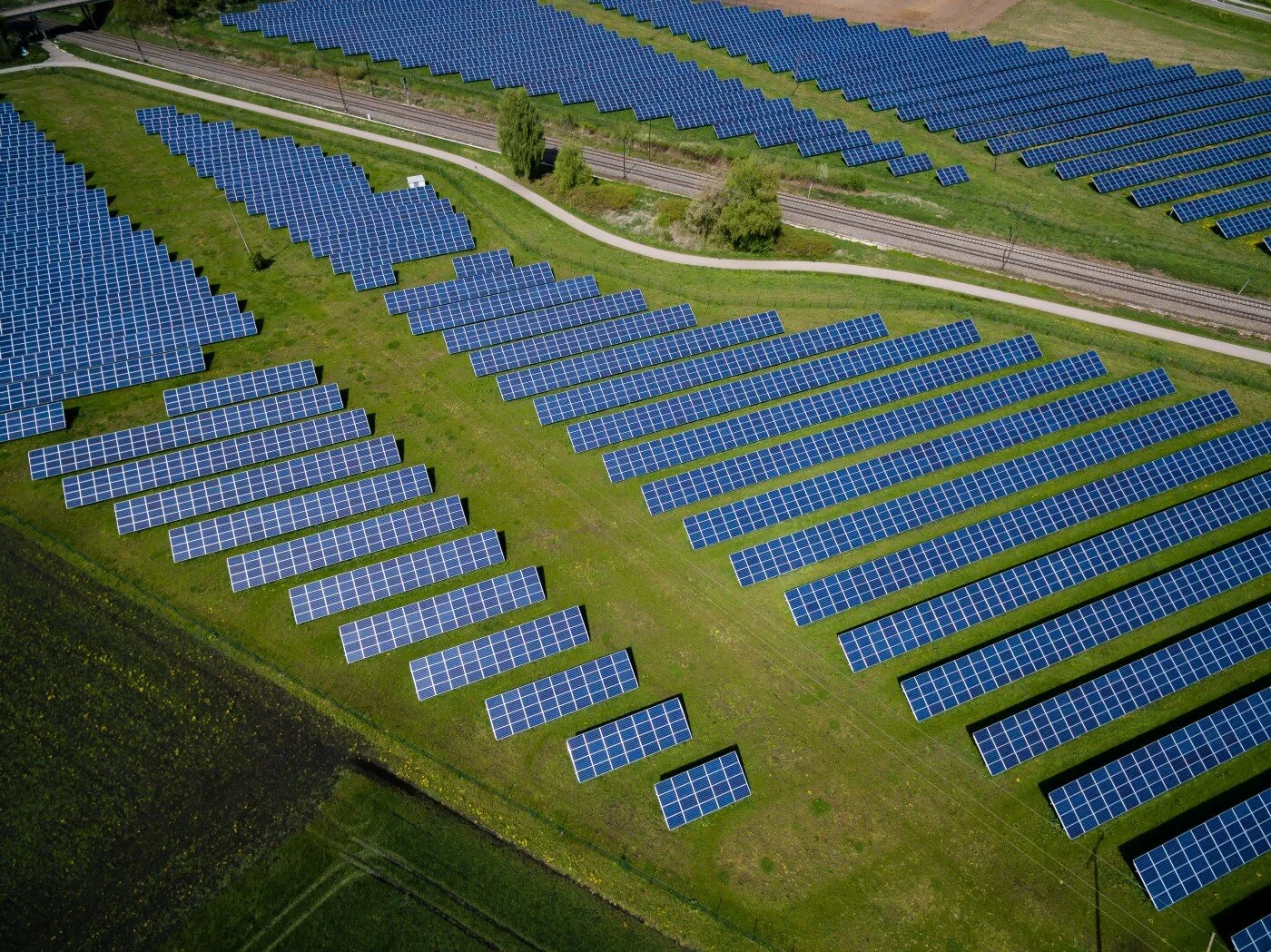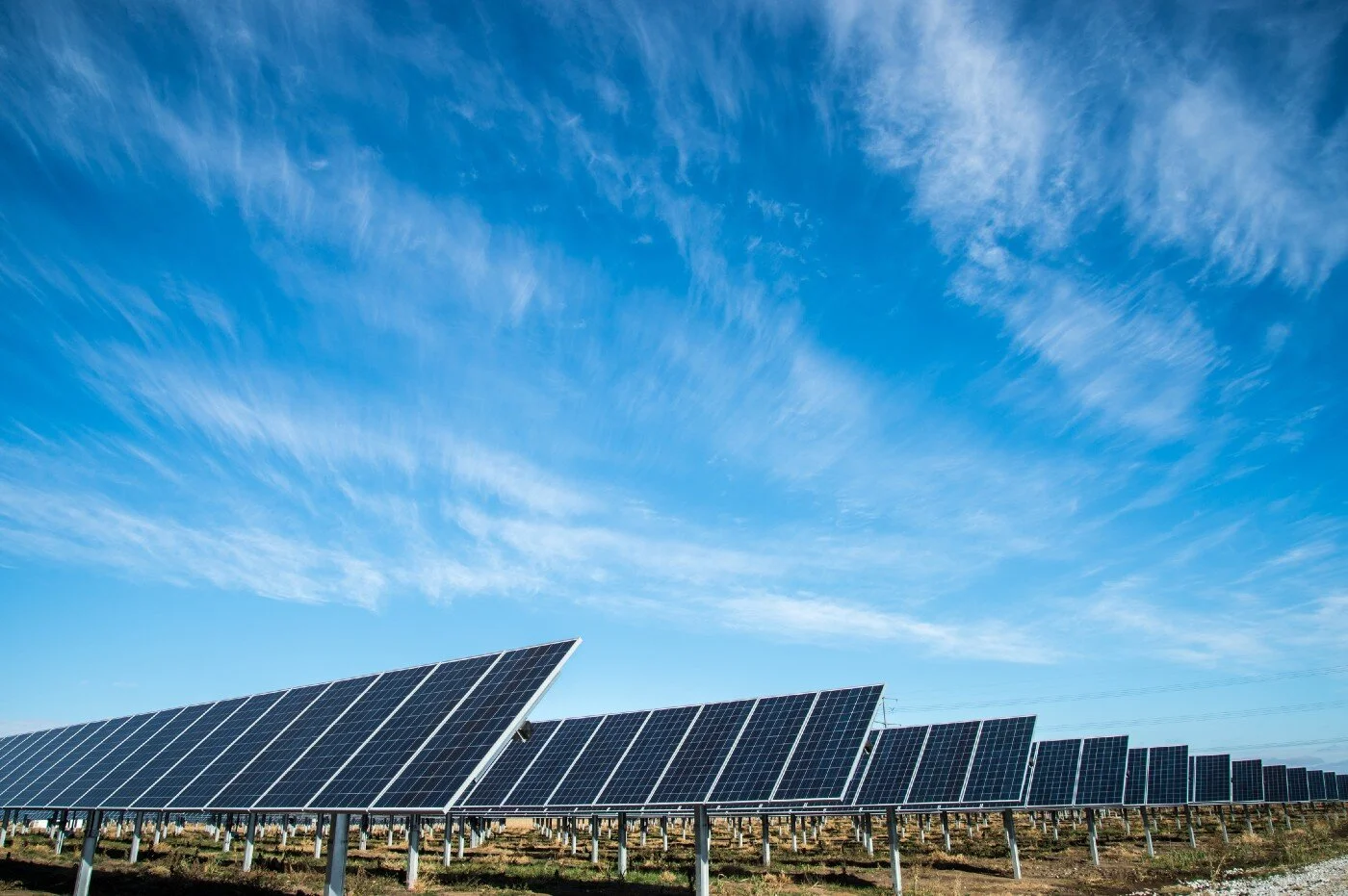Economic Incentives to Switch to Solar Power
Solar Power is one of those clean forms of energy that is accessible to people directly. Whilst the implementation and usage of hydro-energy and nuclear energy requires action on the part of the state, the choice to shift to solar energy can be executed at an individual level. Even though solar energy is cheaper than conventional sources of energy in the long run, it requires a higher level of initial investment that makes many individuals and corporates opt-out of installing it. In such a space, the government incentivizes these stakeholders to switch to clean and renewable sources of energy by giving them economic rewards.
Negative incentives to promote environmental conservation have been in existence for a long period of time. The imposition of Eco-tax or Green-Tax on corporations has lead to a reduction in activities undertaken by them that degrade the environment. This is because individuals tend to prioritise their selfish end goal of generating more revenue over social goals of environmental protection. Therefore, individuals must be given economic incentives to promote activities that are socially beneficial. The same principle is applied to economic incentives for the promotion of solar energy as a means of power.
Though the upfront cost of installation of rooftop solar panel systems is high, it is inexpensive in the long run when compared to electric generators. In the United States of America, the federal solar tax credit, also known as the investment tax credit (ITC), allows entities to deduct 30 percent of the cost of installing a solar energy system from their federal taxes. The Federal Solar Tax Credit applies to both residential and commercial users, with no cap on its value. In India, both the Central Government as well as State Nodal Agencies (SNAs) offer subsidy schemes to the people for installing rooftop solar panels systems. This encourages people to exploit renewable energy and to reduce their electricity consumption.
The usage of economic incentives for promoting environmental conservation has a philosophical basis for it. Human beings are very less likely to undertake actions that reduce their personal benefit. Sharing the price of installing solar panels and giving tax breaks to those entities that use solar energy is one of the most effective methods of accomplishing the goal of environmental conservation.
Solar Energy in Sub-Saharan Africa
The use of solar energy in rural areas across sub-Saharan Africa has increased over the years. However, how Solar Energy is used and developed in Sub Saharan Africa is different from the way it is developed and used in other countries. Whilst most solar power generation in India and the United States revolves around the development of huge solar power plants, the process happens at a micro-level in Sub-Saharan Africa. The rates of economic development in the countries which exist in sub-Saharan Africa are very low. Therefore, many communities lack access to necessities such as electricity, clean water, and effective irrigation systems. The innovations in solar-powered technologies have led to poverty alleviation projects that combine development strategies and environmental consciousness.
Solar Cooking has gained a lot of momentum in rural areas of African countries. Historically, cooking has been dependent on the collection and burning of wood from forests, a resource that has been depleting significantly. The burning of wood also causes high rates of environmental degradation and is considered to be an unsustainable practice. Solar Cooking is not only environmentally friendly but is also convenient. CooKit is a solar cooker which consists of a cardboard panel cooker covered with aluminum foil, Sunrays are reflected towards a black pot which is placed in a thermo-resistant plastic bag. A ‘Cookit’ once purchased can be used for several years. There have also been recent links made between solar energy and increased food security in the region. African development projects, mostly in rural areas have recognized the potential of renewable energy sources, especially power derived from the sun.
Purified water is a big issue facing many communities in the developing world, especially in Africa. Those in rural areas are usually too isolated for the state to supply running water due to the paucity of resources. In that case, the burden of getting clean water falls on women and children in villages who have to walk long distances to water sources that are not necessarily the purest. Portable Technology in the form of straws, pipes and water bottles powered by solar energy makes dirty water fit for drinking. Research has indicated that there has been a decrease in water-borne diseases due to the increase in the usage of such technology.
Even though solar energy solves many severe problems that people in Sub-Saharan Africa face, the lack of resources blocks the access of these people to such technology. State resources are seldom used productively to improve the lives of people due to the widespread corruption in the region. Aid only comes in the form of investment from Non-Governmental Organizations and Charities.
The Shift to Solar Energy in India
The need to shift to sustainable sources of energy is an immediate one. Even though the ones to initiate this shift falls first on countries that have reached a certain level of economic development, developing countries also need to reduce their negative impact on the environment. This is because the effects of climate change are expected to become irreversible in the next 12 years unless greener practices are adopted. Solar energy has started to replace fossil fuels as the primary source of energy in many countries. Not only is solar energy clean and harm the environment less, the long term costs of generating solar energy are low once the initial investment has been done. The production of solar energy also generates income and employment opportunities.
Commercial concentrated solar power plants were first developed in the 1980s in the United States of America. The drive towards clean energy in India has not only been pioneered by the government but also by private corporations. The Charanka Solar Plant in Gujarat and the Dhirubhai Ambani Solar Park are some of the most prominent solar power plants in the world. The development of solar power in India is concentrated in states such as Gujarat and Rajasthan. This is because not only are these states arid, but they also have the economic resources to actively invest in solar power at a scale that many other states in India do not.
Solar power in Gujarat is one of the fastest developing industries in the state given that the large state is mostly arid. Gujarat was one of the first states to develop solar generation capacity in India. The 221 MW Charanka Solar Park in Gujarat, is the world’s second-largest photovoltaic plants, second to only the Agua Caliente Solar Project in the United States of America. The Dhirubhai Ambani Solar Park near Pokhran in Rajasthan is a 40-megawatt photovoltaic power station that was commissioned in 2012. It is the first of the large solar parks that are expected to be built in a 35,000 km2 area of the Thar Desert, land that has been reserved for solar power projects. The solar park is owned by Reliance Industries and is named after its late founder -Dhirubhai Ambani.
India is significantly ahead of other developing nations when it comes to a shift to cleaner sources of energy. However, the development of solar energy in India is restricted to a few developed states. The shift to renewable and clean sources of energy in other areas of the country has been much slower. There is a need for the government to not only invest in solar energy but also to incentivize private players to do so.



